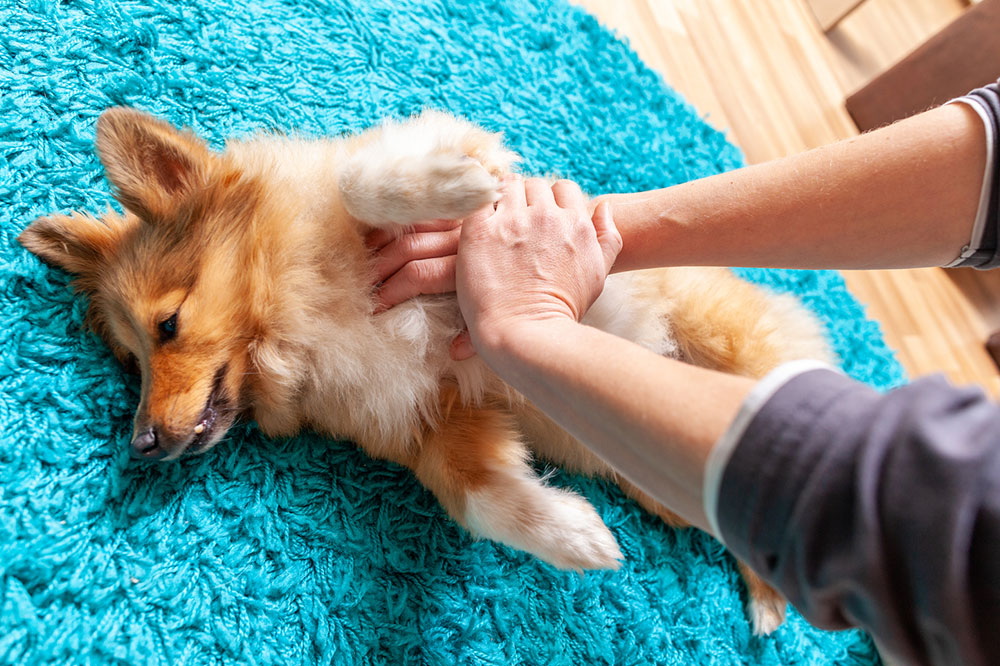
Easy ways to identify signs of pain in pets
Pain is something that is difficult to identify, especially in pets. Mostly, dogs have a survival instinct to hide their pain, and it is your responsibility as their primary caregiver to understand what the problem might be. Dogs may experience acute or chronic pain from underlying medical conditions or an injury. And it is not always the case that the source of the pain is easily identifiable or visible. In other cases, most dogs do one of the following things to indicate a problem. Knowing how to respond during this time will certainly help you stay prepared to administer a proper pain management procedure.
Here are a few signs and ways to identify if your furry little friend is suffering from some discomfort.
Check for physical indicators
Dogs have a tendency to hold their big ears flat against the head when in pain. Notice how the same ears are straight and alert when the canine is active. Similarly, when he or she keeps the ears fall flat for a long period, it is an indicator that something might be wrong. If the pain persists, they tend to get vocal by whimpering or making loud unusual sounds. Constantly licking a certain area on their body is a conscious effort on their part to soothe the wound or irritation that is causing pain.
Decreased activity
Pain can hinder movement. Decreased physical activity is one of the clear signs of your pet struggling with an internal or external injury. When in pain, you might find them seated rather uncomfortably in the corner of the house, under the staircase or any place your pet feels safe. Also, any attempt to move him or her can trigger aggression. They might snap aggressively or growl, bearing their big teeth. It is a pain management response by the canine, to avoid more discomfort. At such times, do not try anything on your own. Immediately call the local vet who can administer general anesthesia (only after checking if it is safe for that breed of dog) to numb the affected area.
For mild to moderate pain, there are several over the counter pain relievers and muscle relaxers that safely provide much-needed relief. Your local vet might recommend a few good ones in the first general consultation and ask to follow up a few days later. However, a combination of prescribed medication and rehabilitation therapy is recommended for pets who undergo major surgeries.
Note that pain management is more than just giving pain killers. Rehabilitation is key, and during the recovery period, a proper nutritious diet and certain lifestyle changes will help your pets respond to the treatment. Additionally, acupuncture, massages, and therapeutic exercises can help restore movement and full motor skills over time. It is advisable to consult with the local vet or general surgeon before exploring alternative therapies for pain management.


